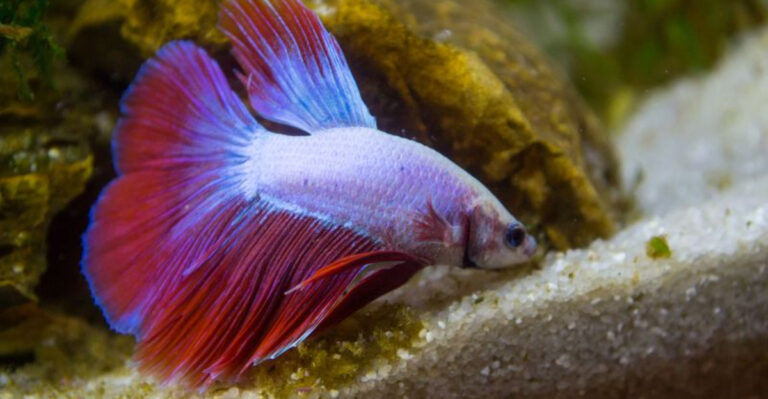16 Remarkable Creatures With Unbelievable Lifespans
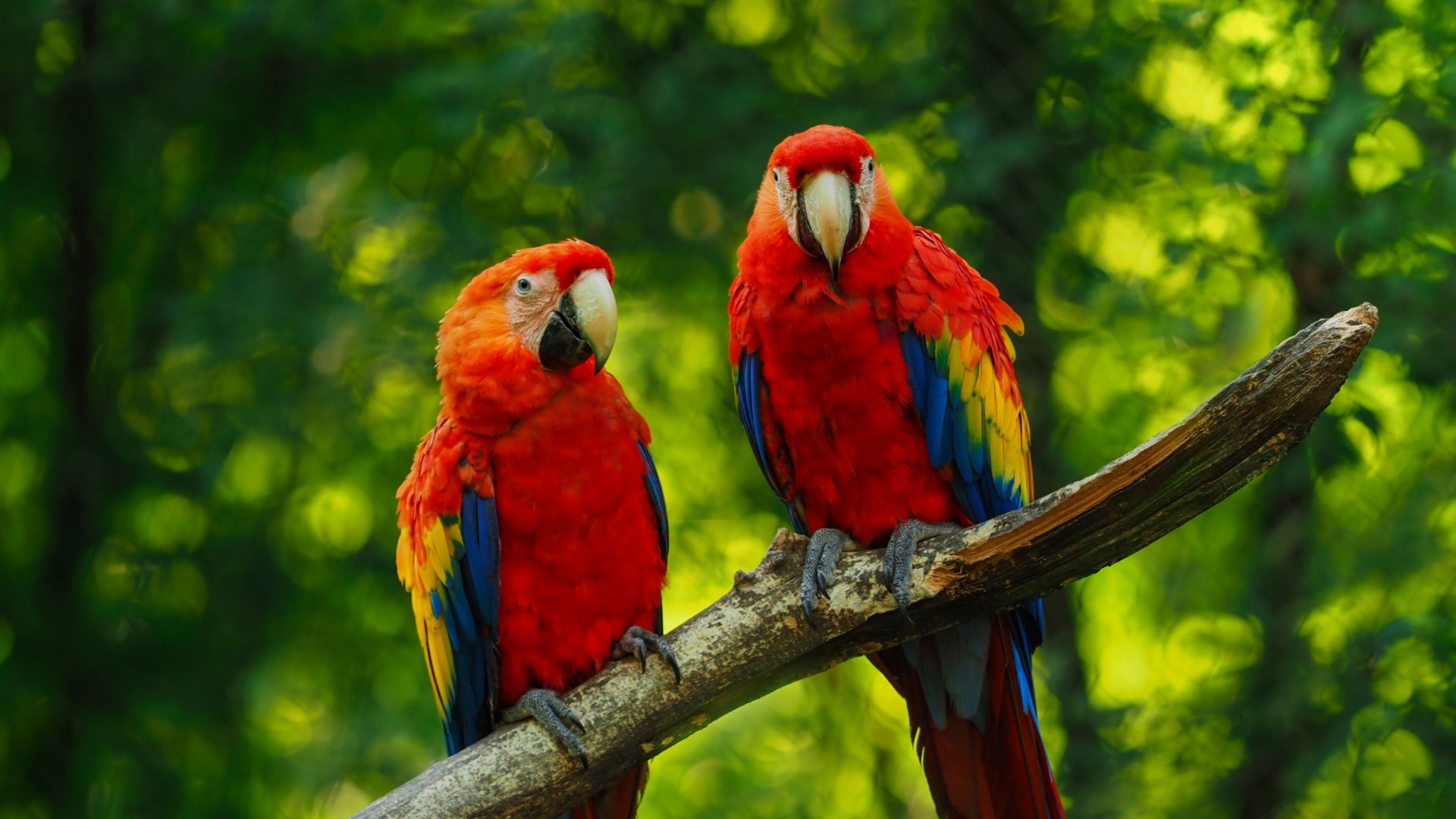
Have you ever wondered how long some creatures can live? From the depths of the ocean to the treetops, nature is home to beings with lifespans that defy belief.
Let’s embark on a journey to discover astonishing creatures whose longevity is nothing short of miraculous.
1. Elephants
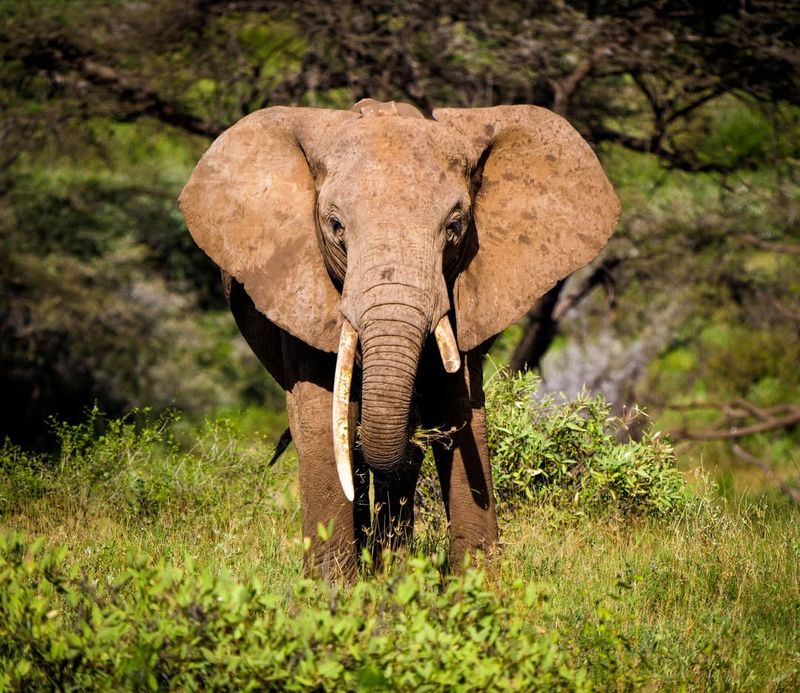
Elephants, known for their intelligence and social structures, can live up to 70 years. Their long lifespan is thanks to their size and low predation risks.
Their tusks, unfortunately, make them targets for poachers. Conservation efforts focus on protecting these magnificent creatures and ensuring their habitats remain untouched.
Who wouldn’t want to protect such wise and wonderful beings?
2. Macaws
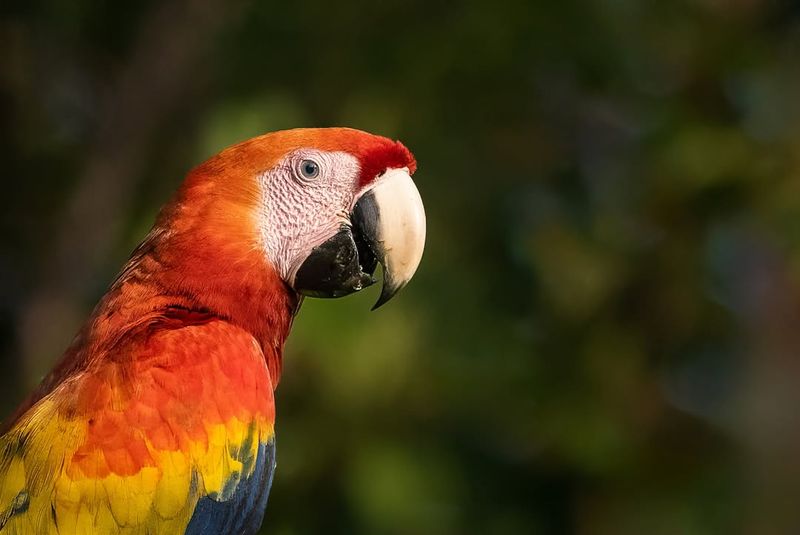
Macaws are captivating birds with vibrant plumage and impressive vocal abilities. They can live up to 60 years in the wild, making them one of the longest-living bird species.
These social creatures often form lifelong bonds with their mates. Their intelligence and beauty make them popular pets, but their needs are best met in the wild.
Ensuring their habitats remain intact is crucial for their survival.
3. Galápagos Tortoise
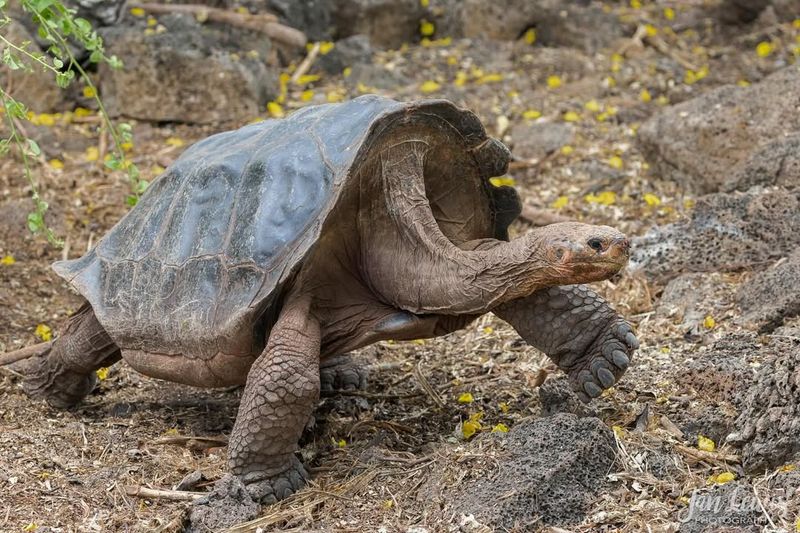
Living life in the slow lane, these island giants are some of the longest-lived animals on Earth, often surpassing a century. Native to the Galápagos Islands, they help maintain the ecosystem by dispersing seeds and shaping plant life.
Their massive size and calm nature have made them global conservation symbols. Galápagos tortoises rely on protective efforts to combat habitat loss and invasive species that threaten their survival.
4. Sea Turtle
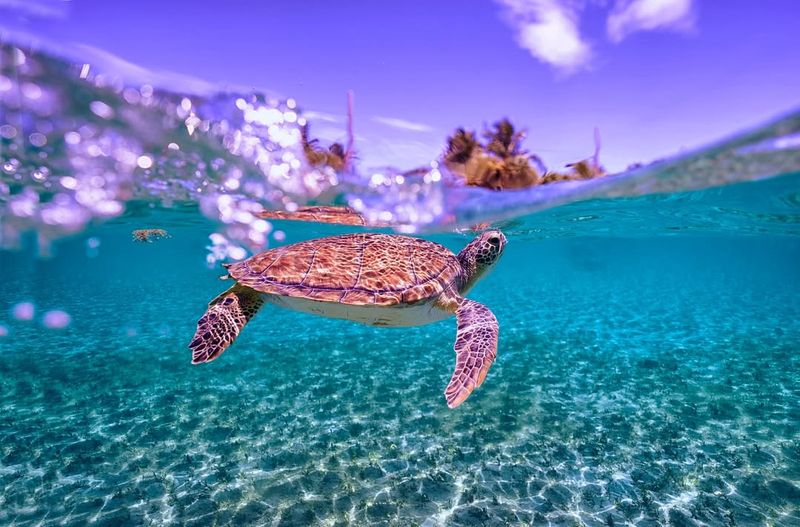
Sea turtles, ancient mariners of the ocean, can live between 50 to 100 years. These reptiles have been navigating the seas for millions of years, using magnetic fields to find their way.
Efforts to protect nesting sites and reduce plastic waste are essential for the future of these remarkable creatures. Let’s keep the oceans safe for these gentle travelers.
5. Japanese Spider Crab
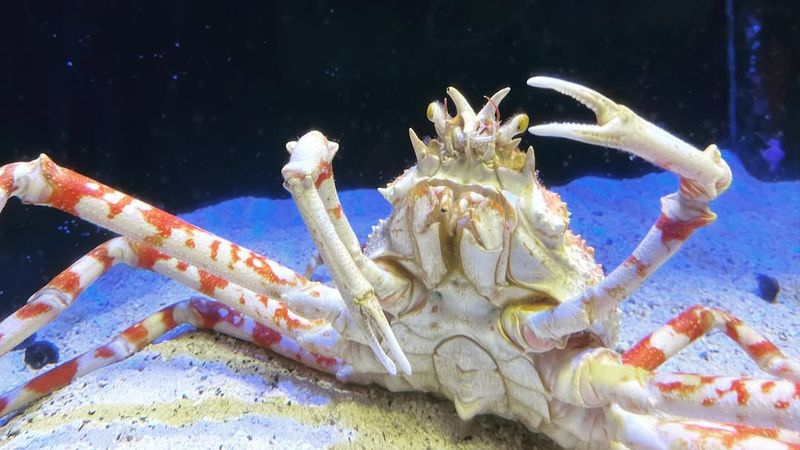
The Japanese spider crab, with its spindly legs and formidable size, can live up to 100 years. Found in the deep waters around Japan, these crabs can grow to be the largest arthropods.
Their long limbs help them scavenge for food along the ocean floor.
Conservation efforts aim to ensure sustainable fishing practices, allowing these fascinating creatures to continue thriving in their underwater world.
6. American Lobster
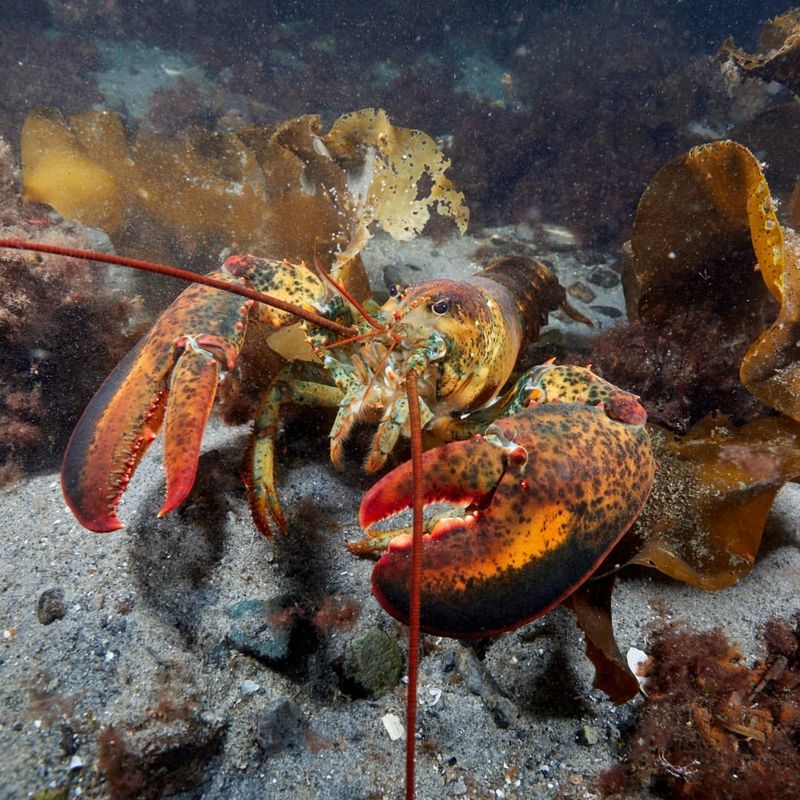
Along the rocky shores of North America, these tough-shelled crustaceans have a surprisingly long lifespan – often exceeding 50 years.
Constant growth through molting allows American lobsters to reach impressive sizes over time. While they’re a culinary favorite, their survival depends on responsible harvesting and sustainable seafood practices.
Balancing taste with conservation ensures these coastal dwellers remain part of both ecosystems and menus.
7. Tuataras
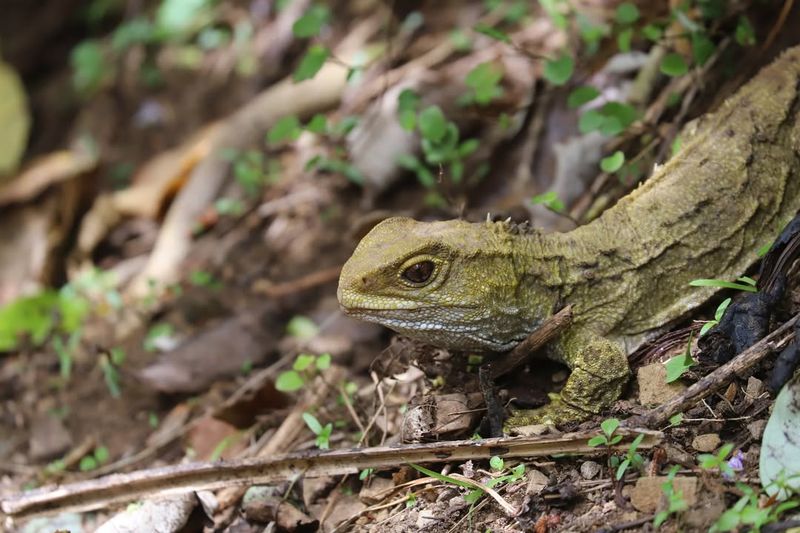
Tuataras, native to New Zealand, have remarkable lifespans, living over 100 years. These reptiles resemble lizards but belong to a distinct lineage dating back to the time of dinosaurs.
Their slow metabolism contributes to their longevity, alongside their ability to withstand cooler temperatures.
Conservation efforts focus on protecting their natural habitats and managing predator populations, ensuring these ancient creatures continue to thrive.
8. Koi Fish
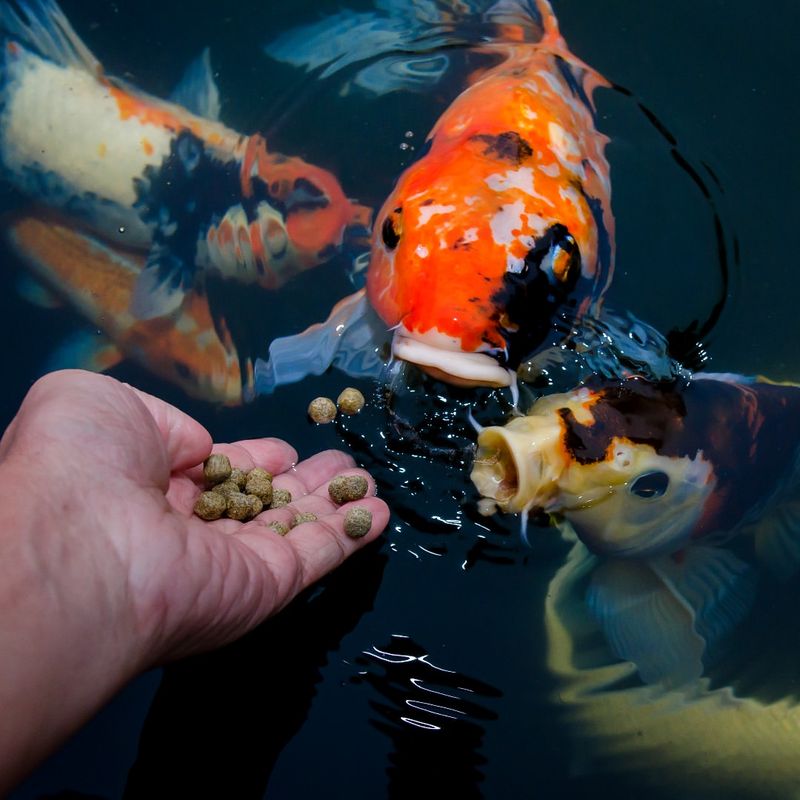
Koi fish, symbols of perseverance and good fortune, can live over 50 years, with some reaching even greater ages. Originating from Japan, these brightly colored fish are often found in ornamental ponds.
Their beauty and calm demeanor make them beloved by hobbyists worldwide. Maintaining clean water and proper care can help these fish reach their full potential, bringing joy to koi enthusiasts for decades.
9. Red Sea Urchin
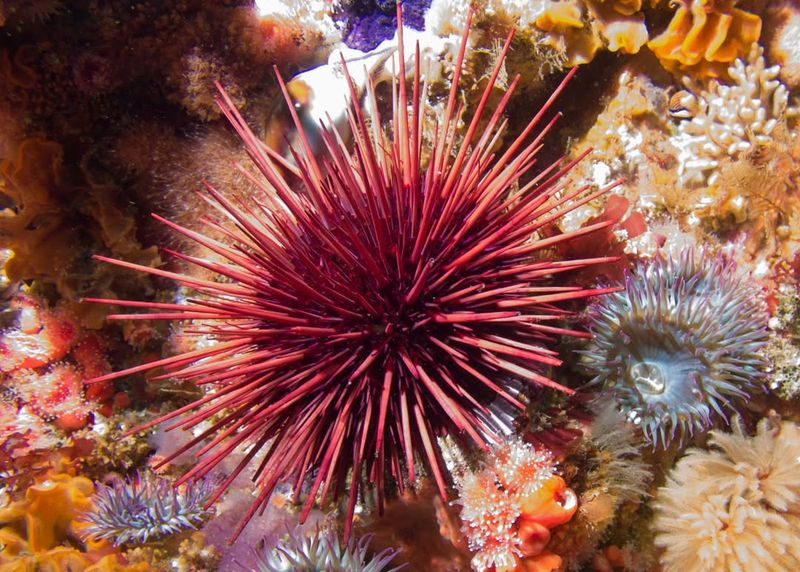
The red sea urchin, a spiky denizen of the ocean, can live over 100 years. Found along the Pacific coast, these echinoderms play a vital role in marine ecosystems.
Sustainable harvesting practices are essential to ensure their populations remain stable, supporting the delicate balance of ocean life. These urchins are truly prickly patrons of the sea.
10. Rougheye Rockfish
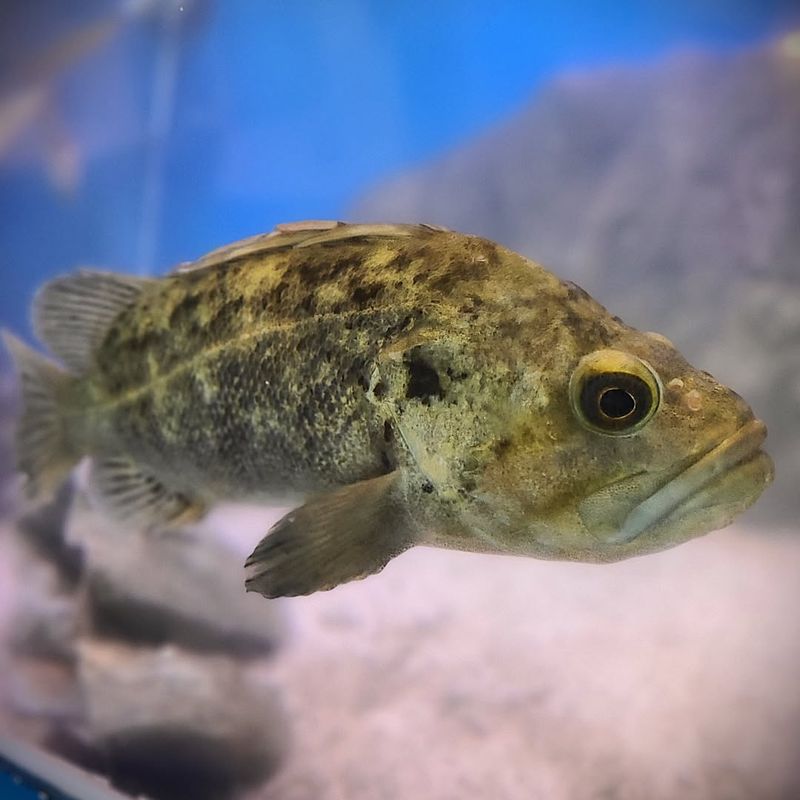
In the icy depths of the North Pacific, these deep-sea dwellers quietly defy the passage of time.
With lifespans that can exceed 200 years, Rougheye rockfish are some of the longest-living vertebrates in the ocean. Their slow growth and late reproductive maturity make them particularly vulnerable to overfishing.
Thanks to conservation efforts and catch limits, these remarkable fish may continue to glide through the dark waters for generations to come.
11. Orange Roughy
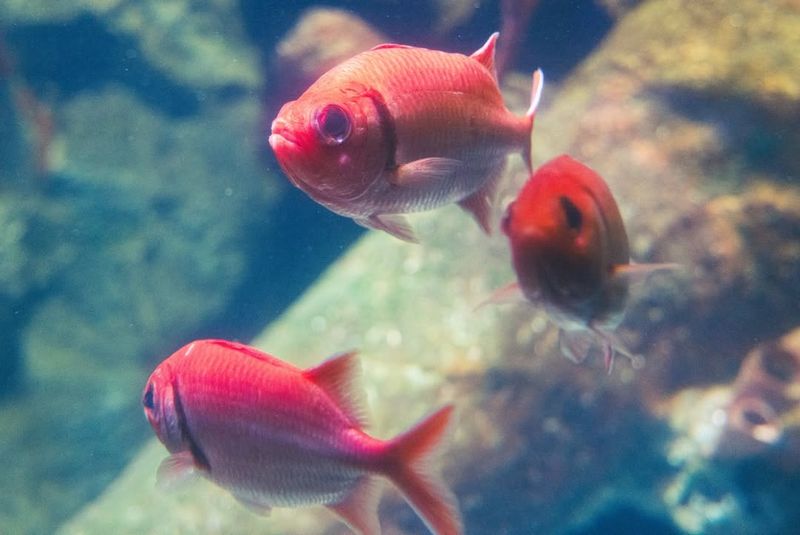
Orange roughy, known for their distinctive color and taste, can live over 150 years. Dwelling in deep ocean waters, these fish have slow growth rates and late reproductive maturity.
Sustainable fishing practices are vital to prevent population declines and ensure their continued survival. These fish are not just roughy by name but tough by nature!
12. Greenland Shark
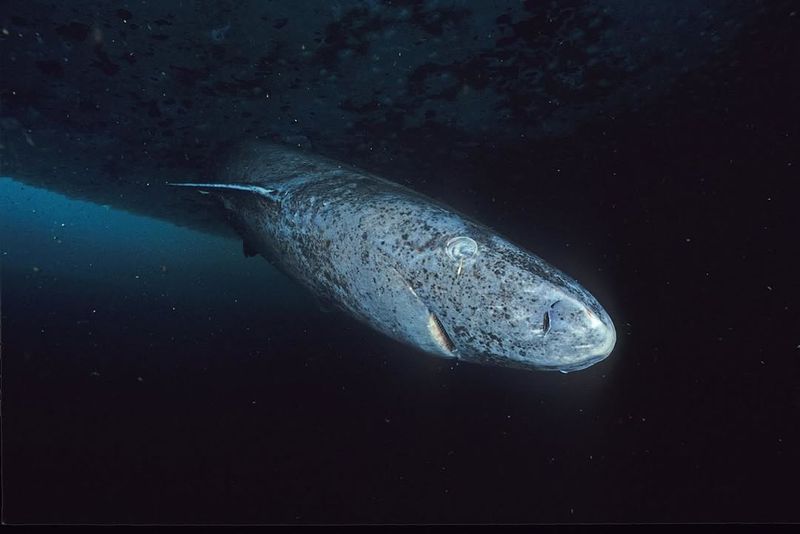
Greenland sharks, ancient mariners of the Arctic, can live over 400 years, making them the longest-living vertebrates known. Their slow growth and cold-water habitat contribute to their longevity.
These mysterious sharks are often seen gliding through icy waters, a testament to nature’s resilience.
Conservation of their habitat is essential to protect these ancient titans of the deep, ensuring they continue to rule the frigid seas.
13. Bowhead Whale
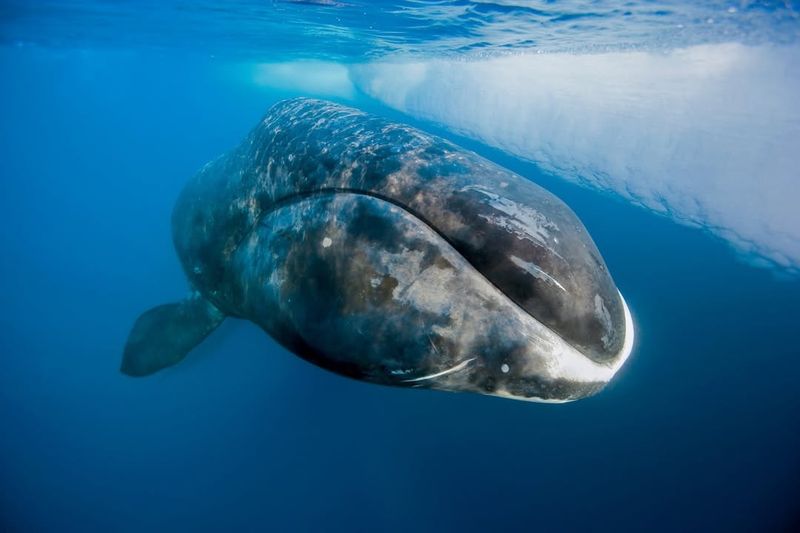
With lifespans stretching beyond 200 years, these Arctic giants are among the longest-living mammals on Earth.
Bowhead whales use their enormous skulls to break through sea ice, a necessary skill for life in frigid waters. Their remarkable longevity is linked to a slow metabolism and thick blubber that insulates against the cold.
Protecting their habitat and curbing hunting practices remain essential to ensuring these ancient mariners continue their epic journeys through frozen seas.
14. Aldabra Giant Tortoise
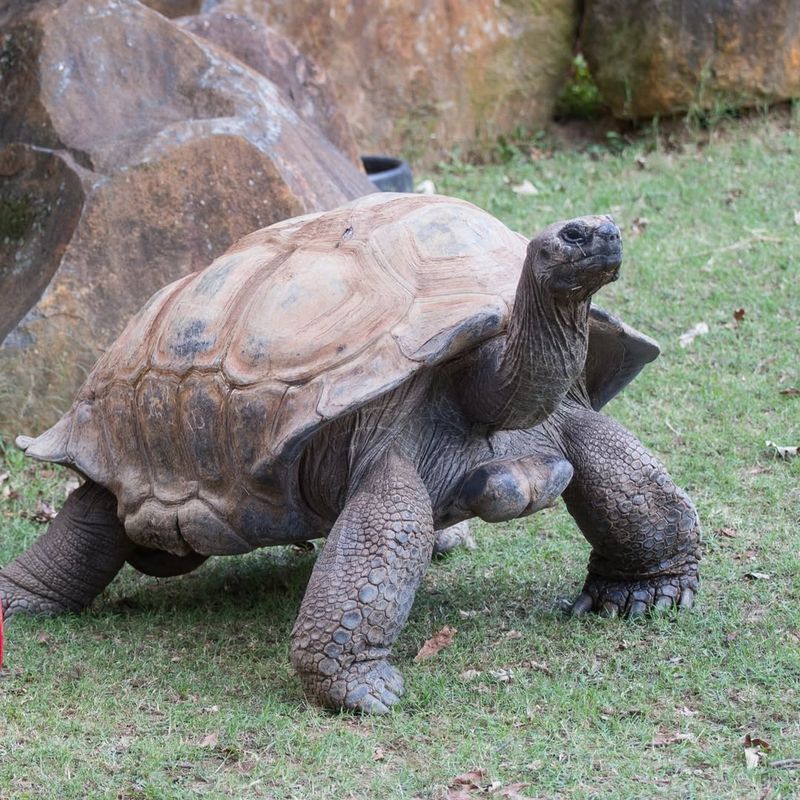
Aldabra giant tortoises, native to the Aldabra Atoll, can live over 100 years. These slow-moving reptiles are among the largest tortoises in the world.
Their diets consist mainly of grasses, and they play a significant role in their ecosystem by dispersing seeds.
Conservation efforts focus on protecting their habitats from human encroachment, ensuring these timeless wanderers continue to thrive in their island paradise.
15. Ocean Quahog Clam
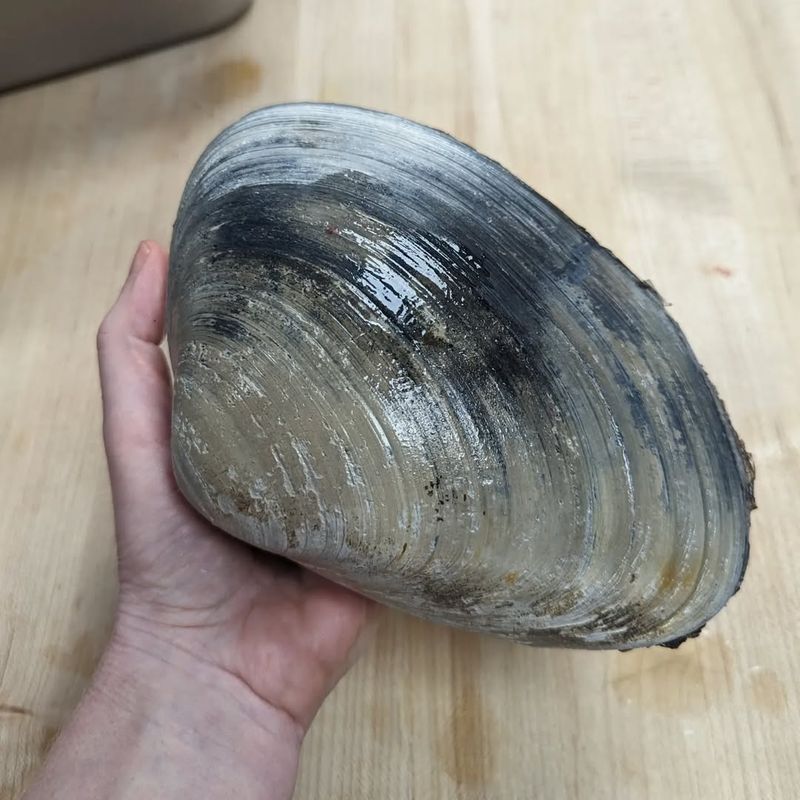
The ocean quahog clam, a bivalve mollusk, can live over 500 years, making it one of the longest-living known animals.
Their slow growth and ability to withstand harsh conditions contribute to their incredible lifespans.
Sustainable harvesting practices are important to protect these ancient mollusks, allowing them to continue their quiet existence beneath the waves.
16. Immortal Jellyfish
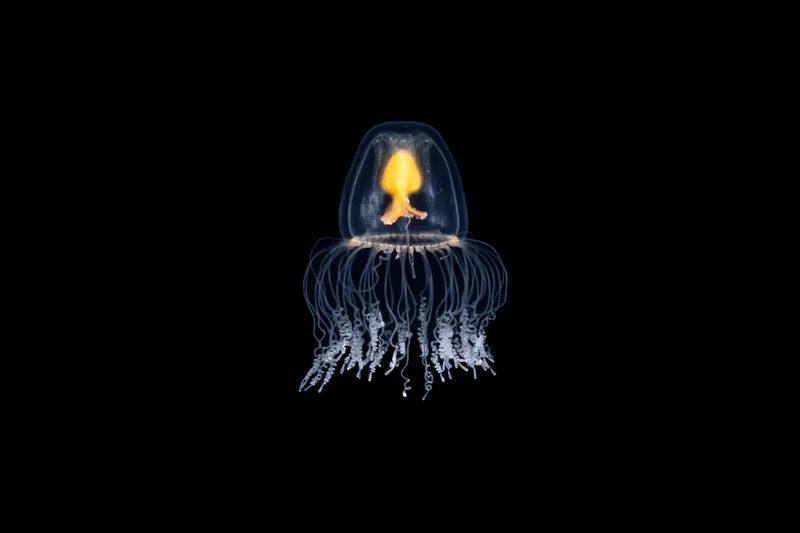
The immortal jellyfish, a marvel of nature, can technically live forever. This tiny sea creature can revert to its juvenile form after reaching maturity, essentially resetting its life cycle.
Found in oceans around the world, it has captured the imagination of scientists and dreamers alike.
While not truly immortal in the face of predators, this jellyfish offers a tantalizing glimpse into the potential for eternal life.




